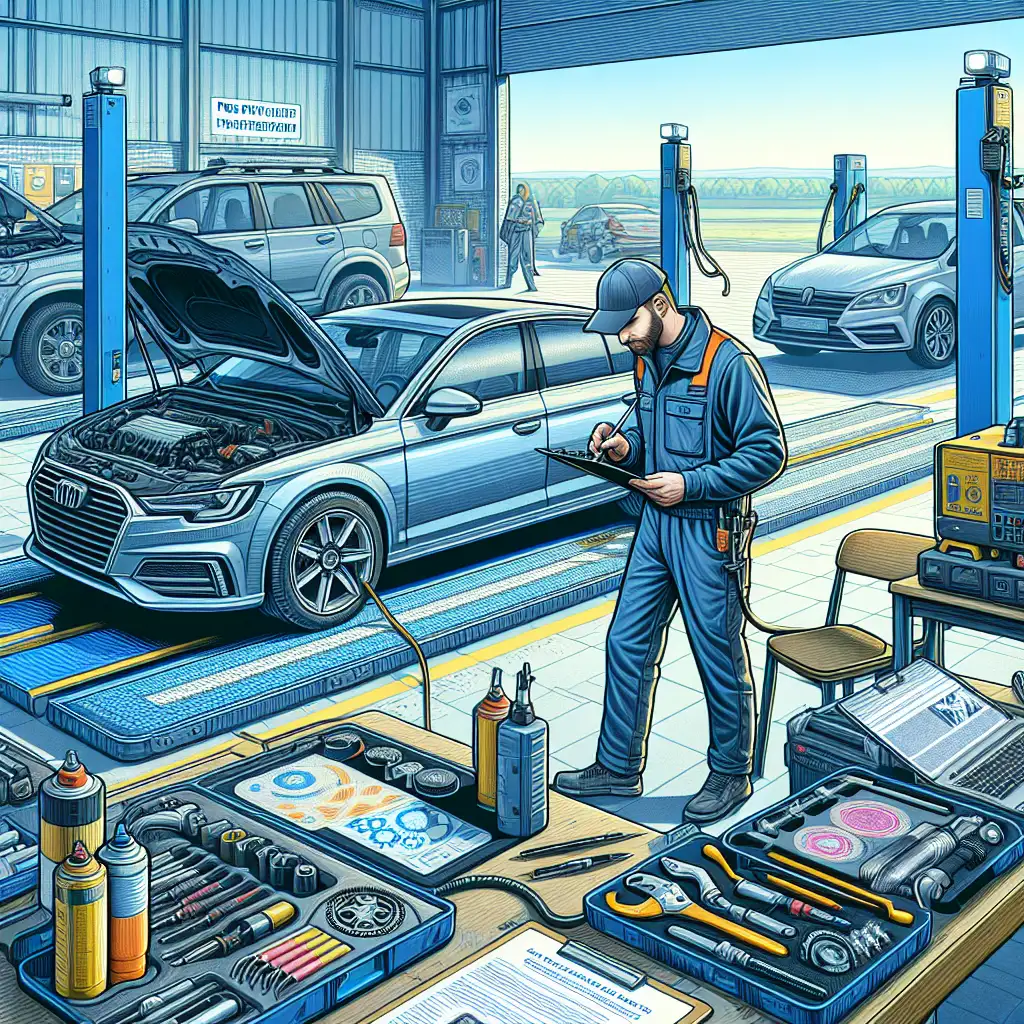The Importance of Pre-Purchase Inspections for Used Cars
Discover why a professional inspection is crucial before buying a used car and learn how to arrange one effectively.

Buying a used car can be a smart financial decision, but it comes with its own set of risks. One of the most effective ways to mitigate these risks is by arranging a pre-purchase inspection. This article will guide you through the importance of these inspections and how to arrange one.
Why Pre-Purchase Inspections Matter
When purchasing a used car, it's crucial to understand its condition beyond what meets the eye. A pre-purchase inspection provides a comprehensive evaluation of the vehicle's mechanical, electrical, and safety systems. Here are some key reasons why these inspections are essential:
- Uncover Hidden Issues: A professional inspection can reveal problems that aren't immediately visible, such as engine issues, transmission problems, or hidden rust.
- Ensure Safety: Safety is paramount. Inspections check critical components like brakes, tires, and airbags to ensure the vehicle is safe to drive.
- Negotiate Better Deals: If issues are found, you can use this information to negotiate a better price or request repairs before purchase.
- Peace of Mind: Knowing that a professional has thoroughly checked the car can provide peace of mind, reducing the anxiety of buying a used vehicle.
How to Arrange a Pre-Purchase Inspection
Arranging a pre-purchase inspection is a straightforward process, but it requires some planning. Here’s how you can do it:
Step 1: Choose a Qualified Mechanic
Look for a certified mechanic or a reputable auto repair shop. It's best to choose someone who specializes in the type of car you're interested in. You can find qualified professionals through recommendations, online reviews, or directories like the National Institute for Automotive Service Excellence (ASE).
Step 2: Schedule the Inspection
Coordinate with the seller to schedule the inspection. Most sellers are willing to accommodate this request, especially if they have nothing to hide. Ensure the inspection is done at a neutral location, preferably at the mechanic's shop.
Step 3: Review the Inspection Report
After the inspection, the mechanic will provide a detailed report. Review this report carefully. It should include information on the car's condition, any issues found, and potential repair costs. Use this information to make an informed decision.
Common Questions About Pre-Purchase Inspections
How Much Does a Pre-Purchase Inspection Cost?
The cost of a pre-purchase inspection can vary depending on the mechanic and the depth of the inspection. On average, you can expect to pay between $100 and $200. This is a small price to pay compared to the potential cost of unexpected repairs.
Can I Do the Inspection Myself?
While you can perform a basic check yourself, a professional inspection is recommended. Mechanics have the tools and expertise to identify issues that an untrained eye might miss.
What If the Seller Refuses an Inspection?
If a seller refuses to allow an inspection, consider it a red flag. A reputable seller should have no issue with a pre-purchase inspection. It might be best to walk away from the deal if the seller is unwilling to cooperate.
Conclusion
In conclusion, a pre-purchase inspection is a critical step in the used car buying process. It helps uncover hidden issues, ensures safety, and provides leverage for negotiations. By following the steps outlined above, you can arrange an inspection that will give you confidence in your purchase decision. Remember, the small investment in an inspection can save you from costly repairs and provide peace of mind.
 CarChooser
CarChooser